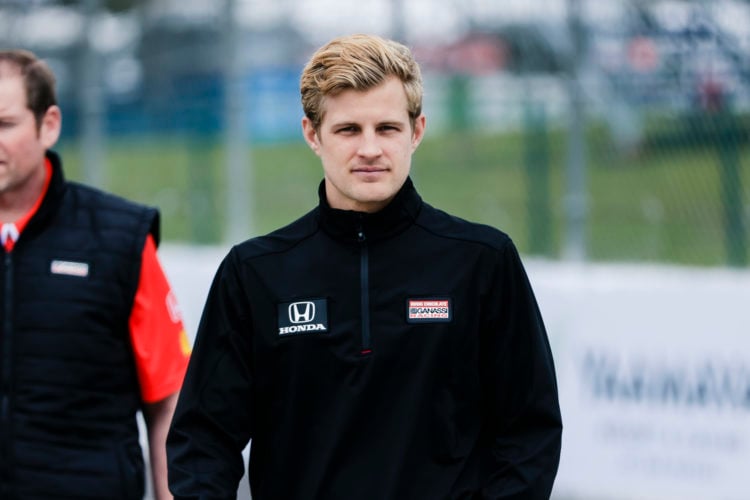It has been quite common for Formula 1 drivers to venture into North America and compete in the IndyCar Series after retiring from or leaving the pinnacle of motorsport.
Many of which have gone on to enjoy great success, including Juan Pablo Montoya who narrowly missed out on the title in 2015, and Takuma Sato, who won the Indianapolis 500 in 2017 and 2020.
IndyCar is an exciting championship with demanding ovals, road courses and street circuits with rapid machinery, but not all F1 drivers are interested in it. Valtteri Bottas turned down a move to Juncos Hollinger as he was not done with F1 after leaving Sauber – he would later re-sign with Mercedes as their reserve driver for 2025.
This season, the IndyCar grid will see two former F1 drivers on the grid in Alexander Rossi and Marcus Ericsson. While Rossi has enjoyed success in the US, he never got a proper chance in F1 as he got five races with cash-stripped Manor in 2015.
Ericsson had a better run at F1 than Rossi but also struggled for results. After languishing at the back with Caterham in 2014, Sauber offered the Swedish driver a lifeline and he went on to score 18 points with the team across four seasons before leaving F1 in 2018.

Marcus Ericsson says IndyCar is ‘harder’ than F1 with no power steering
Moving over to IndyCar in 2019, Ericsson began to make a name for himself, achieving regular top 10 finishes with Chip Ganassi Racing between 2020-2023.
The 34-year-old has won four races in the series and achieved a best finish of sixth in the standings in 2021, 2022 and 2023. Ericsson also won the 2022 Indy 500 and finished runner-up the following year.
Having raced in both championships, Ericsson knows full well how difficult IndyCar and F1 can be, and speaking on the Track Limits podcast, he explained how the lack of power steering in the former makes it ‘harder’ on the drivers.
“I think both F1 and IndyCar are very tough physically to drive, but in different ways,” he said.
“The power steering that you have in F1 makes it a lot lighter for your arms, but you have a lot more G-Force in an F1 car with the cornering speed they do.
“I would say they are probably as tough to drive but just in a different way. Whereas in IndyCar, it’s slower cornering speed but you have all that force through the wheels.
“So, your arms and shoulders and upper body has to work a lot harder, so you definitely have to be a bit more bulky in IndyCar compared to F1. Both are super physical.”
Could an IndyCar driver move to F1 in the future?
While it is a regular occurrence for F1 drivers to come to IndyCar, it has been less common the other way around in recent years.
However, the arrival of Cadillac to F1 in 2026 has sparked the debate of whether an IndyCar driver could come to the sport in the future.
READ MORE: All to know about General Motors’ Cadillac F1 team from engine to drivers
Colton Herta has been heavily linked with Cadillac given his connections to Andretti, who General Motors took over from after they failed to reach an agreement to join F1.
Herta had previously been linked with AlphaTauri in 2023 to replace Pierre Gasly, but lacked sufficient superlicense points to qualify for F1. Mileage in old machinery in 2025, as well as a strong season in IndyCar, could be enough for the American to reach the benchmark of 40 points and land a seat with Cadillac.
James Hinchcliffe would love to see Josef Newgarden in F1 in the future. The 35-year-old is the two-time defending Indy 500 winner and is looking to become the first driver in history to win the event three times in a row.

